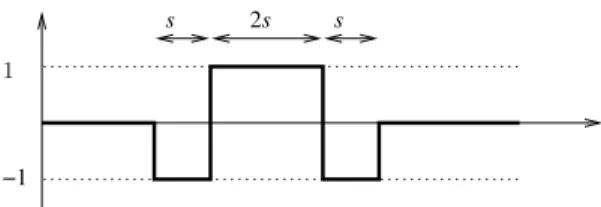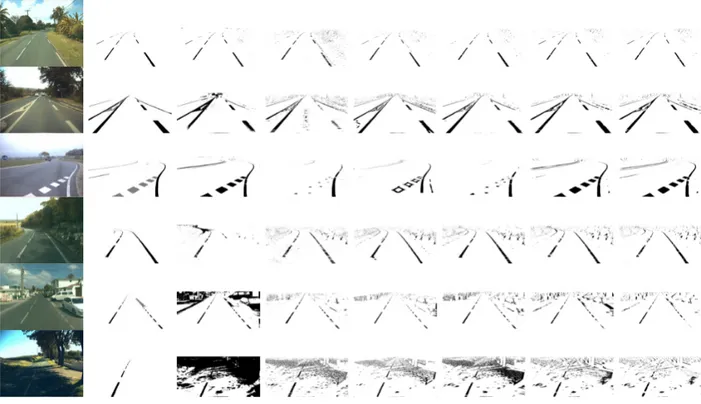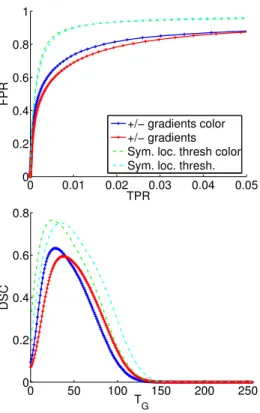Evaluation of Road Marking Feature Extraction
Texte intégral
Figure




Documents relatifs
In this section, I described two classification tasks conducted over attributed networks. The first was about classifying Twitter users in order to detect real-world influence, based
The collec- tive of the local feature extractors together with the linear maps into the global latent space pro- vides a global non-linear projection from the data space into the
Complex coordinates, Centroid distance function, Tangent angle (Turning angles), Curvature function, Area function, Triangle-area representation and Chord length function are
treatment of acute pulmonary failure and cor pulmonale in patients with an exacerbation of chronic obstructive airways disease. [180] Bady E, Rabbat A, Kouchakgi B, Coignard
Some of them analyze and classify different kinds of activity using acceleration signals [2], [3], while others apply them for recognizing a wide set of daily physical activities
This section presents the feature extraction methodology proposed in the context of this paper. The extracted features are able to quantify the degree of anomaly of each MOAS
Keywords and phrases: Gaussian graphical model, two-sample hypoth- esis testing, high-dimensional statistics, multiple testing, adaptive testing, minimax hypothesis testing,
To establish the sensorimotor control underlying this trend, we computed the turn-triggered averages of the turn probability by using two control models (‘Materials and methods’):